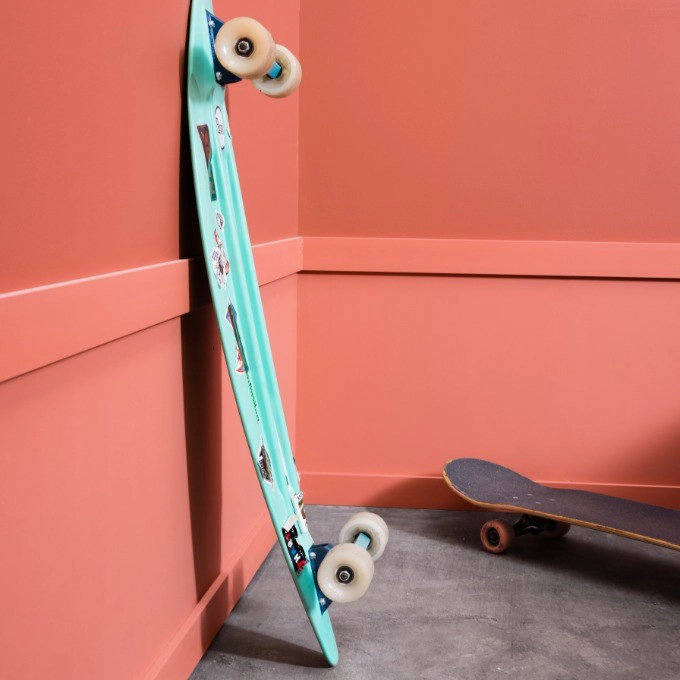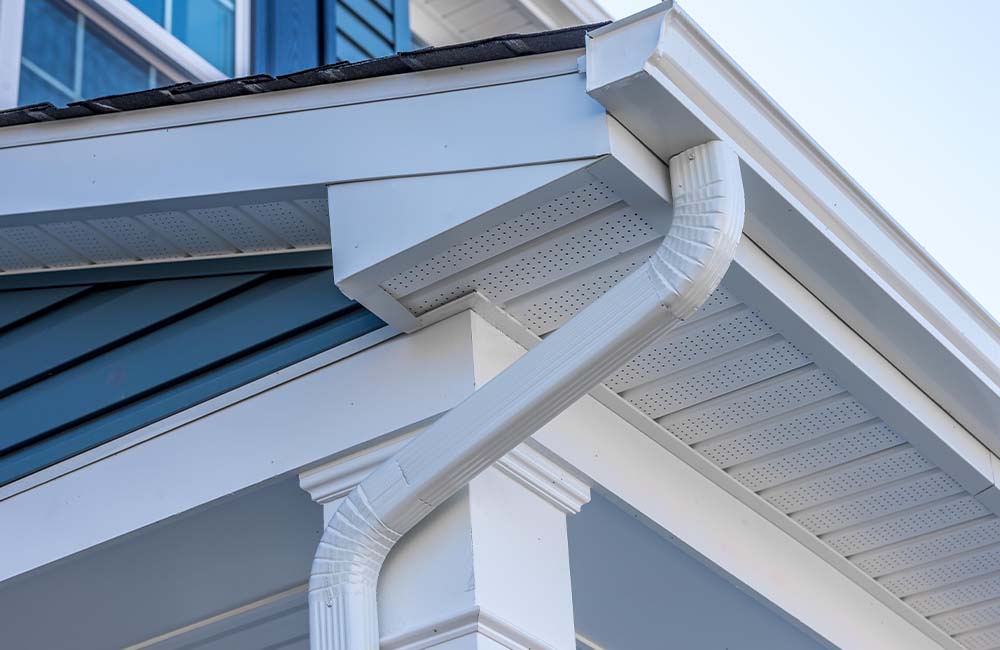blog
Best Materials for Coving and Cornice in the UK Climate
What Are the Best Materials for Coving and Cornice in the UK Climate?
When it comes to enhancing your home with decorative features like coving and cornice, choosing the right materials is essential, especially in a country like the UK, where the climate can vary from damp and cold winters to humid and mild summers. The ideal coving and cornice materials should not only complement your home’s aesthetic but also withstand the challenges of the local climate.
In this blog, we will explore the best materials for coving and cornice in the UK, highlighting the benefits of each material and providing expert advice on what works best in our ever-changing weather conditions.
-
What Is Coving and Cornice?
Before we delve into the materials used to create coving and cornice, let’s first define what these elements are.
- Coving is a decorative moulding that joins the wall to the ceiling. It has a concave or curved profile and softens the transition between surfaces.
- Cornice is a more detailed and often more decorative moulding used at the point where the wall meets the ceiling. It can feature elaborate patterns, including floral or geometric designs, and is often used in more traditional or grand settings.
In the UK, both coving and cornice are widely used in homes, adding character and charm to spaces. However, the materials used for these features must be durable enough to withstand the British weather.
For a wide selection of coving and cornice materials, visit our shop.
-
Material Considerations for the UK Climate
The UK’s climate is known for being damp and unpredictable, with periods of rain, humidity, and varying temperatures. As a result, the materials used for coving and cornice need to be moisture-resistant and able to withstand temperature fluctuations.
Here are some of the best materials for coving and cornice in the UK:
Plaster Coving and Cornice
Plaster is the traditional material for coving and cornice, especially in period properties like Georgian, Victorian, and Edwardian homes. It offers a timeless, elegant appearance and is often the go-to material for homeowners looking to maintain the historical integrity of their properties.
However, plaster is susceptible to moisture, and in a damp climate like the UK, it can crack, crumble, or absorb moisture, leading to damage over time. To combat this issue, To combat this issue, seal and maintain plaster properly. Choosing plaster coving and cornice requires regular upkeep, including repairs and repainting.
While plaster remains a popular choice, especially in older homes, its fragility in a humid environment makes it a less practical option for areas prone to dampness.
Polyurethane Coving and Cornice
Polyurethane is an ideal material for coving and cornice in the UK due to its durability, moisture resistance, and ease of maintenance. Unlike plaster, polyurethane is lightweight, flexible, and not prone to cracking or crumbling. This makes it an excellent choice for homes with fluctuating humidity levels.
One of the significant advantages of polyurethane coving and cornice is that it is resistant to moisture, which is a common issue in the UK climate. It will not absorb water or expand, making it suitable for areas like bathrooms, kitchens, and basements where humidity is higher.
In addition to its moisture resistance, polyurethane coving and cornice are easy to install and require minimal maintenance. They can be painted in any colour and have a sleek, modern finish that complements contemporary interiors.
For more information on polyurethane coving and cornice, visit our installation page.
MDF (Medium Density Fibreboard) Coving and Cornice
Another popular material for coving and cornice is MDF (Medium Density Fibreboard). MDF coving and cornice are a cost-effective alternative to plaster and polyurethane. While MDF is not as durable or moisture-resistant as polyurethane, it is still a good option for dry areas and homes with moderate humidity.
MDF coving and cornice suit modern homes and work well in areas without high moisture levels. It can be painted easily, offering versatile color and finish options. However, MDF is vulnerable to moisture and may swell if exposed to damp conditions, making it unsuitable for bathrooms or kitchens without proper ventilation.
If you are considering MDF coving and cornice, ensure that it is treated to prevent moisture damage. It’s also essential to apply a protective finish or paint to maintain its appearance and longevity.
For more information about MDF coving, check out our shop.
Polystyrene Coving and Cornice
This is another lightweight and cost-effective option for coving and cornice. Polystyrene coving and cornice resist moisture, making them ideal for the UK climate. You can easily install this material, and many choose it for DIY projects due to its affordability.
However, polystyrene is not as durable or sturdy as other materials like polyurethane or plaster, making it more suitable for lighter use. You can easily install this material, and it is often used for DIY projects because it is affordable.
For those on a budget, polystyrene coving and cornice are a reasonable option, but they may not provide the long-lasting durability of more premium materials.
Explore our range of polystyrene coving and cornice options at our shop.
-
Which Material Is Right for You?
Choosing the right material for coving and cornice in the UK depends on your needs and home conditions. Here are a few things to consider:
- Moisture-prone areas: For kitchens, bathrooms, or basements, polyurethane is the best choice. It resists moisture and won’t swell or crack.
- Budget-friendly: MDF and polystyrene are excellent choices for those on a budget, offering decent durability and ease of installation.
- Traditional look: If you have a period property and want to maintain the authentic charm of plaster coving and cornice, plan for regular maintenance and repairs.
At Coving Online, we offer a range of materials to suit your needs. Visit our shop to find the perfect coving and cornice for your home.
-
Expert Installation Services
Proper installation is key to the longevity and durability of your coving and cornice, regardless of the material. Poor installation can result in cracks, gaps, or even detachment from the wall or ceiling.
If you’re unsure about how to install coving and cornice in your home, we offer professional installation services. Our expert team at Coving Online installs your coving and cornice to the highest standards, giving your home a polished and sophisticated finish.
To book our installation services, visit our installation page.
-
Conclusion
In conclusion, choosing the right material for coving and cornice in the UK climate is key to both aesthetics and durability. Whether you opt for traditional plaster, modern polyurethane, or budget-friendly MDF, each material offers unique benefits that cater to different needs and preferences.
For more information on materials and installation, visit our shop or contact us through our contact page.
Choose the best material for your home to enjoy the lasting elegance and charm of coving and cornice.


